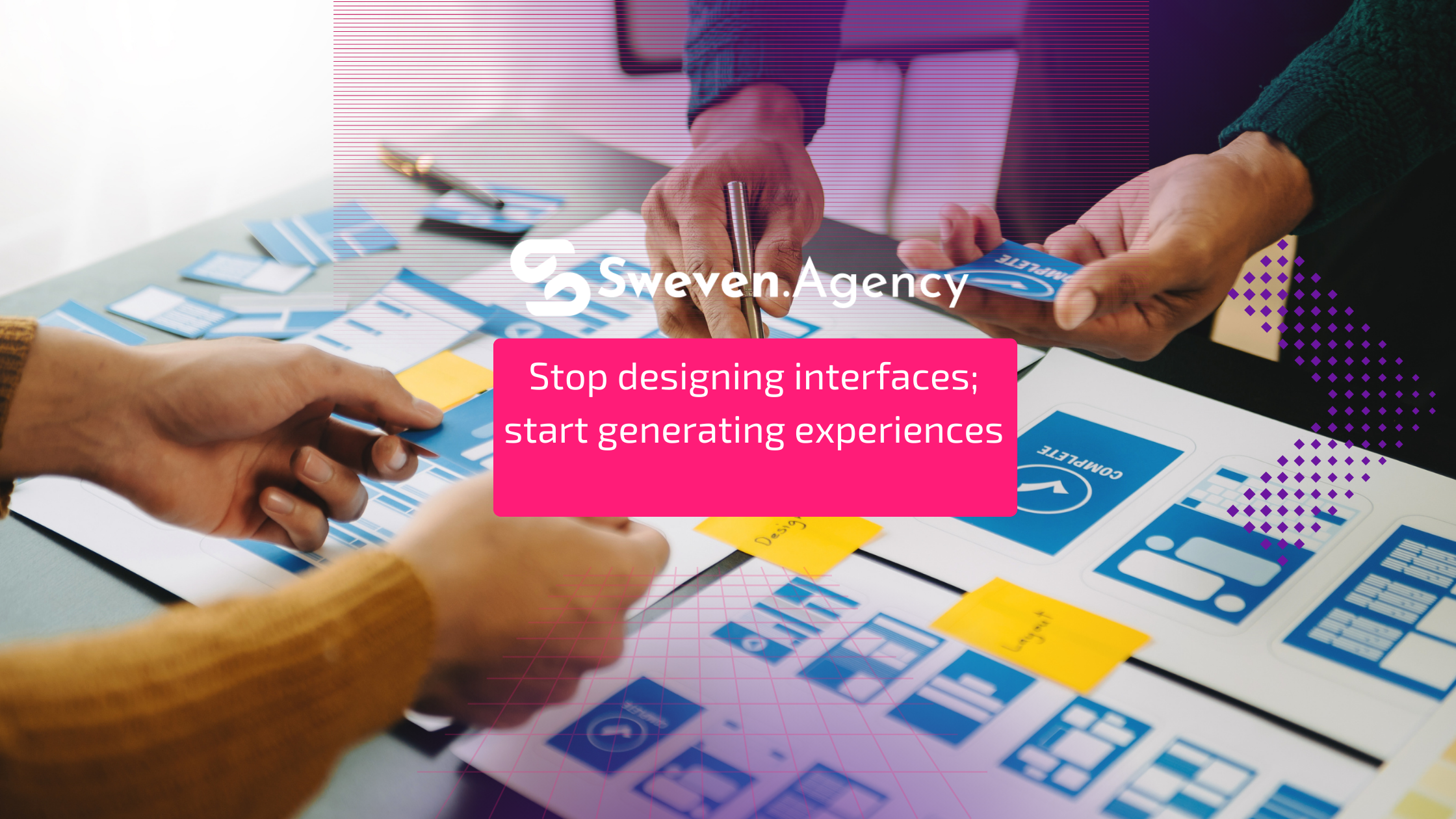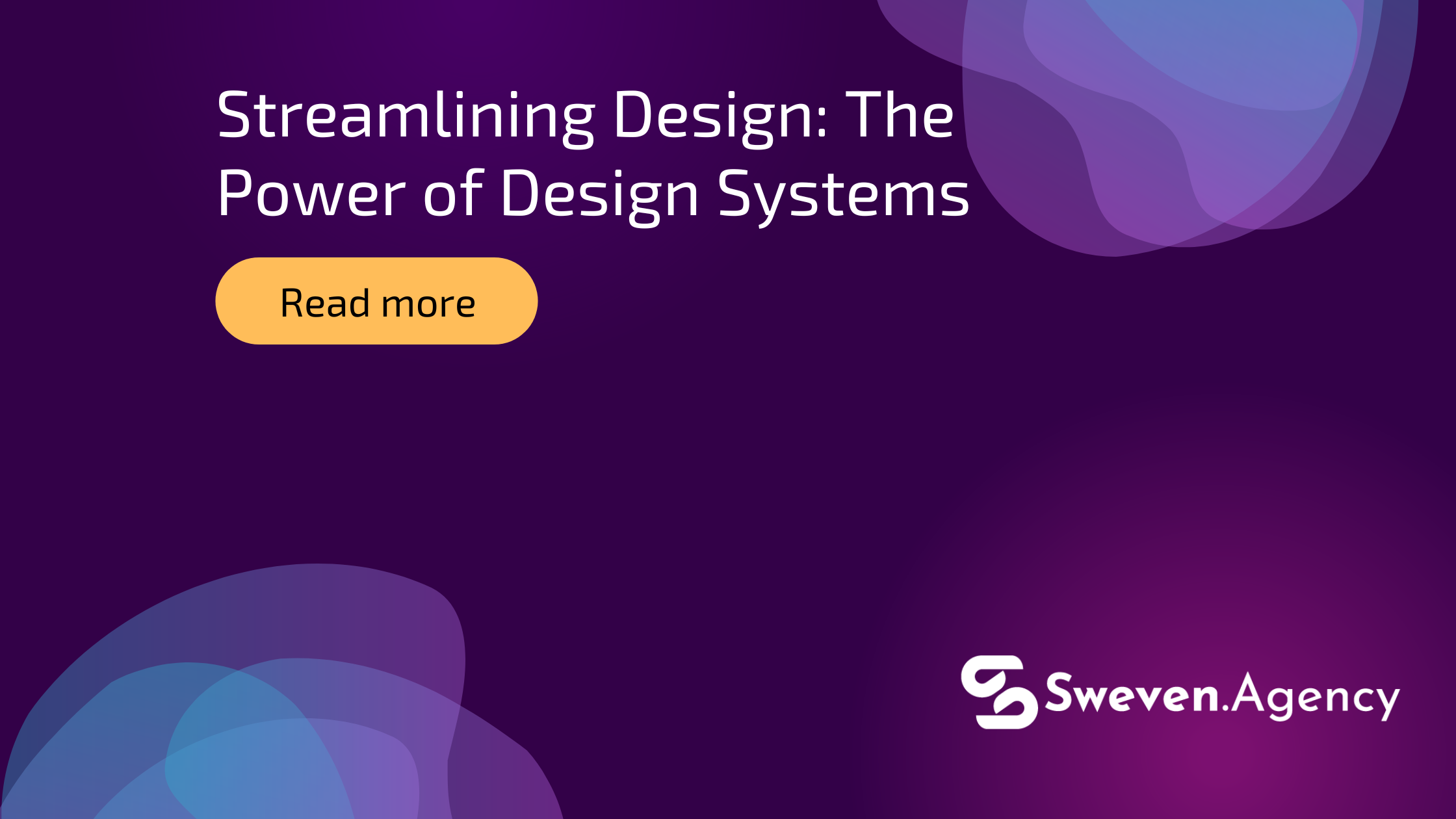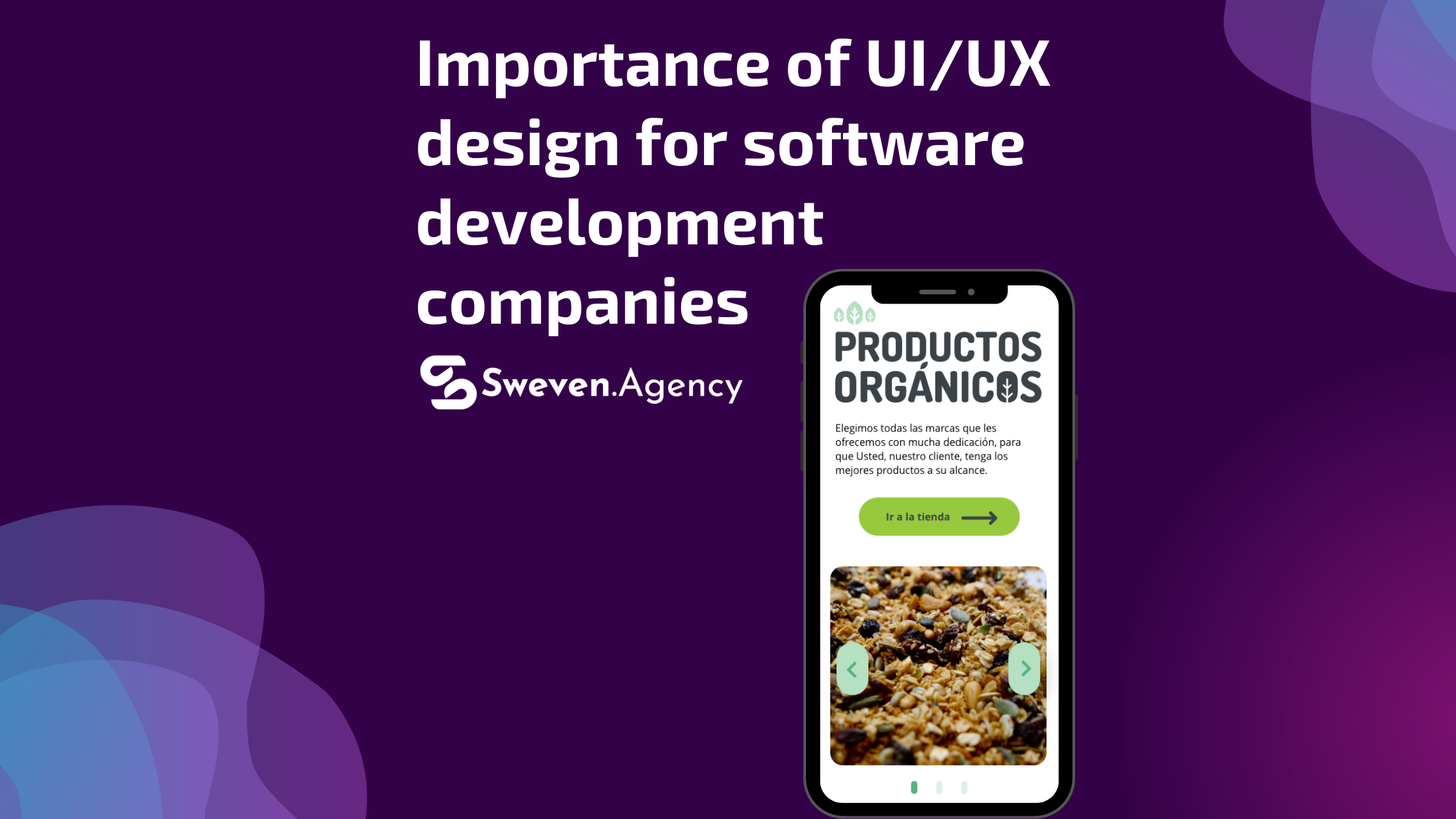Stop designing interfaces
User interfaces (UI) have been essential in influencing how we engage with software and digital services in the fast-paced world of digital technology. Designers have been concentrating on producing slick, simple user interfaces for years. But in our pursuit of effectiveness and utility, we frequently overlook the user experience (UX), which is the most important part of design. It’s time to Stop designing interfaces and change our focus and begin creating experiences rather than more interfaces.
Knowledge of the Difference
It’s crucial to understand the differences between UI and UX design before exploring why experience design should be our main priority. The visual components of a product—the buttons, menus, icons, and screen layouts that users interact with—are the focus of user interface design. Although UI design is important for usability and aesthetics, it doesn’t even come close to covering all the requirements for a successful product.
On the other side, user experience design adopts a more comprehensive strategy. It includes each interaction a user has with a good or service. Included in this are their feelings, perceptions, and the level of satisfaction they felt overall during the conversation. The ultimate value of UX design comes in how the user experiences a product, and this is what it really is all about.
Why UI Design Falls Short
While UI design is undoubtedly important, focusing solely on interfaces can lead to several shortcomings:
- Superficial Engagement: UI design can create visually appealing products, but if the underlying user experience is poor, users won’t stick around. Flashy buttons and animations can’t compensate for a frustrating experience.
- Failure to Address User Needs: Relying solely on UI design might lead to neglecting user research and feedback. This can result in features and functionalities that don’t align with user expectations and needs.
- Limited Innovation: By concentrating on aesthetics alone, designers may miss opportunities for innovative, user-centered solutions. The obsession with making things look good can stifle creativity and problem-solving.
“Shift your focus from pixels to emotions, and you’ll transform design from mere interfaces into unforgettable experiences.”
Designing experiences means taking a holistic approach to product development. Here’s why it’s essential:
- Emphasis on User-Centered Design: Experience design puts the user at the forefront of the process. It involves in-depth research, user personas, and usability testing to create products that truly meet user needs and expectations.
- Enhanced Emotional Connection: Great experiences evoke positive emotions. By focusing on UX, designers can create products that resonate with users on an emotional level, fostering loyalty and trust.
- Iterative Improvement: Experience design is an ongoing process. It doesn’t stop at the launch of a product but continues with ongoing user feedback and data analysis. This iterative approach leads to continuous improvement and adaptation.
- Problem Solving: Experience design encourages designers to think beyond the interface and tackle larger user problems. This can result in more innovative solutions that go beyond the superficial.
- Competitive Advantage: In a crowded market, offering a superior user experience can set your product apart. Users are more likely to choose and stick with products that provide a seamless and enjoyable experience.
In the ever-evolving digital landscape, it’s time to shift our design mindset from creating beautiful interfaces to crafting meaningful experiences. While UI design remains a crucial component, it’s the user experience that truly matters. By putting users first, conducting thorough research, and focusing on emotional connections, we can design products and services that not only look good but also feel good to use. In the end, it’s the experiences we create that will determine the success and longevity of our digital creations. So, let’s stop designing interfaces and start designing experiences that leave a lasting impact.








